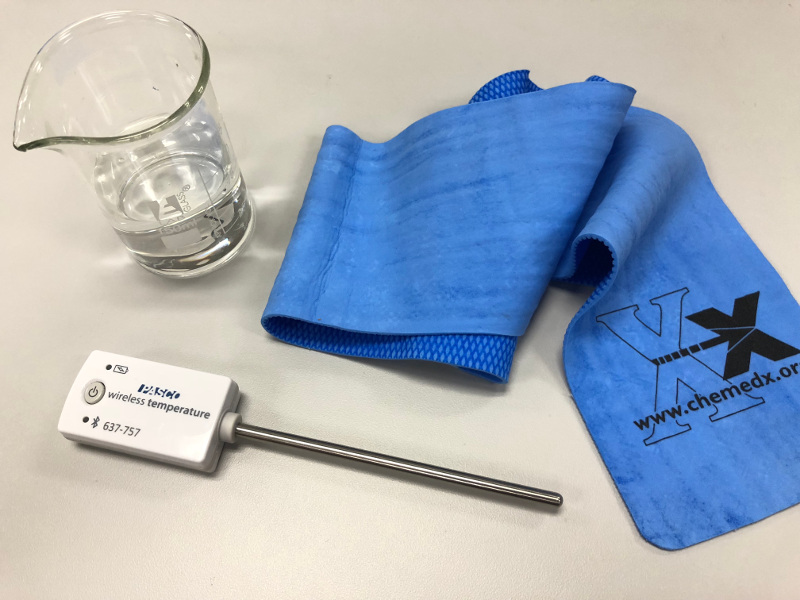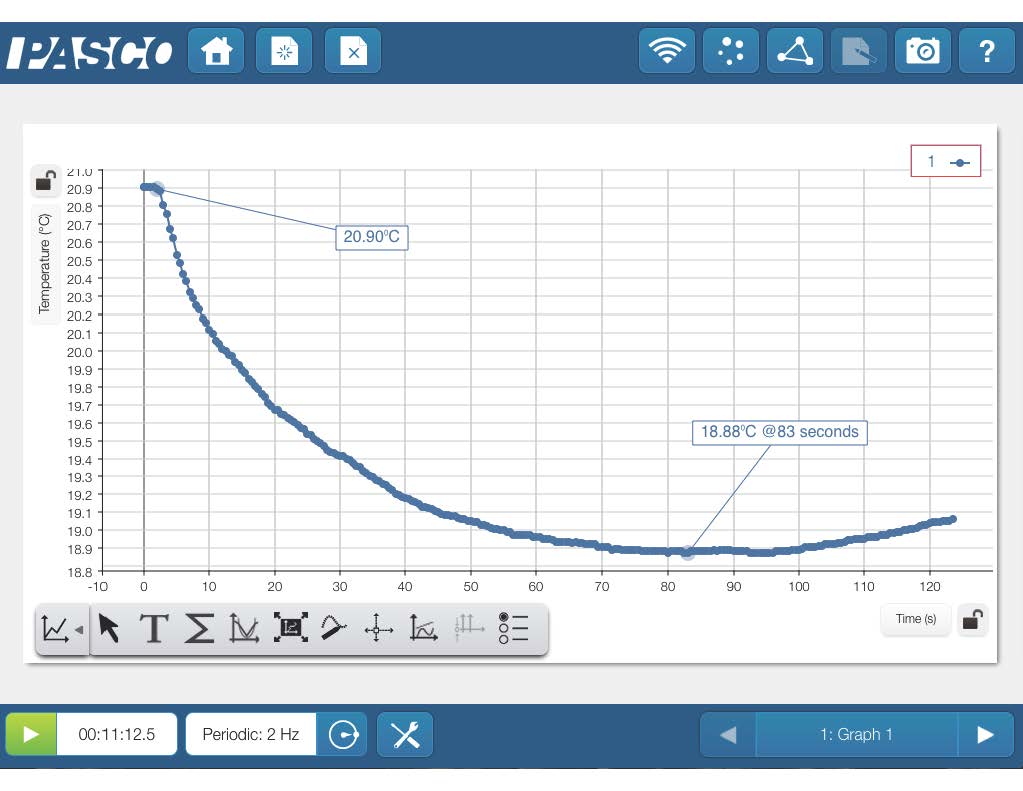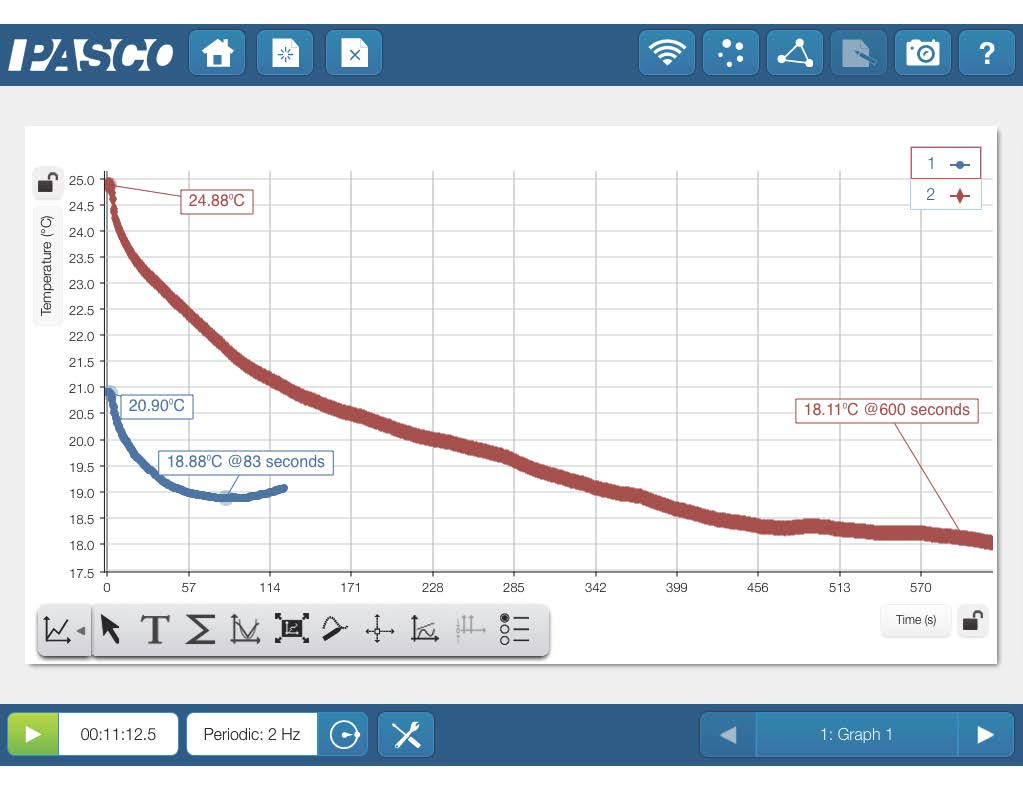Heat Up Your Lab with This Cool Activity
It’s back-to-school time, so start off the year by engaging in a cool(ing) activity during the final dog days of summer.
Cooling towels are becoming increasingly popular at summer sporting events and activities. But how do they work? How cool can a cooling towel get? Would a regular towel or paper towel be as effective? Encourage your students to ask questions such as these and see how this practical product can be used to introduce them to data collection and inquiry.

To get a baseline for your students, you may want to have them compare the cooling effect of water. This will mimic the cooling of perspiration, and spare you from dealing with sweaty students!
To get started, connect a Wireless Temperature Sensor to SPARKvue and create a graph of Temperature vs. Time. Before you start a data run, insert the Temperature Sensor into a beaker of water and let it equilibrate. Next, remove the Temperature Sensor, rest it on a flat surface, and start recording data.

From the graph you can see that 2.020C was the maximum amount of cooling that took place at the 83-second point. From there the temperature started gradually increasing. Of course, your students’ values will vary depending on the starting temperature of the water used for this experiment.
Next, collect some data to see how the cooling towel measures up. Wet the towel, squeeze out any excess water, wrap the temperature sensor, and start recording.

The temperature decreased 6.770C after 10 minutes, and it was still continuing to fall. That’s both impressive and pretty cool.
Now you can open up the activity to student-led inquiry. Based on their initial questions, students can experiment with different starting temperatures of water, different materials for testing, and other scenarios that they think might impact the results.
This cool activity can extend well beyond the hot days at the start of school. As you explore chemistry concepts such as molecular structure and intermolecular forces, you can refer back to this activity and experiment with the cooling effects of different types of liquids.
With simple data collection and real-world application, this is a great activity to introduce student-directed, inquiry-based experiments into your lab.
Special thanks to the ChemEd X group, who inspired this post. They provided the much-appreciated cooling towels at the ChemEd show in the sweltering Georgia heat this past summer.
Note: This blog was updated on July 26th, 2018 to include a Wireless Temperature Sensor. It could also still be performed using a PASPORT Temperature Sensor and a PASPORT interface such as the AirLink.




